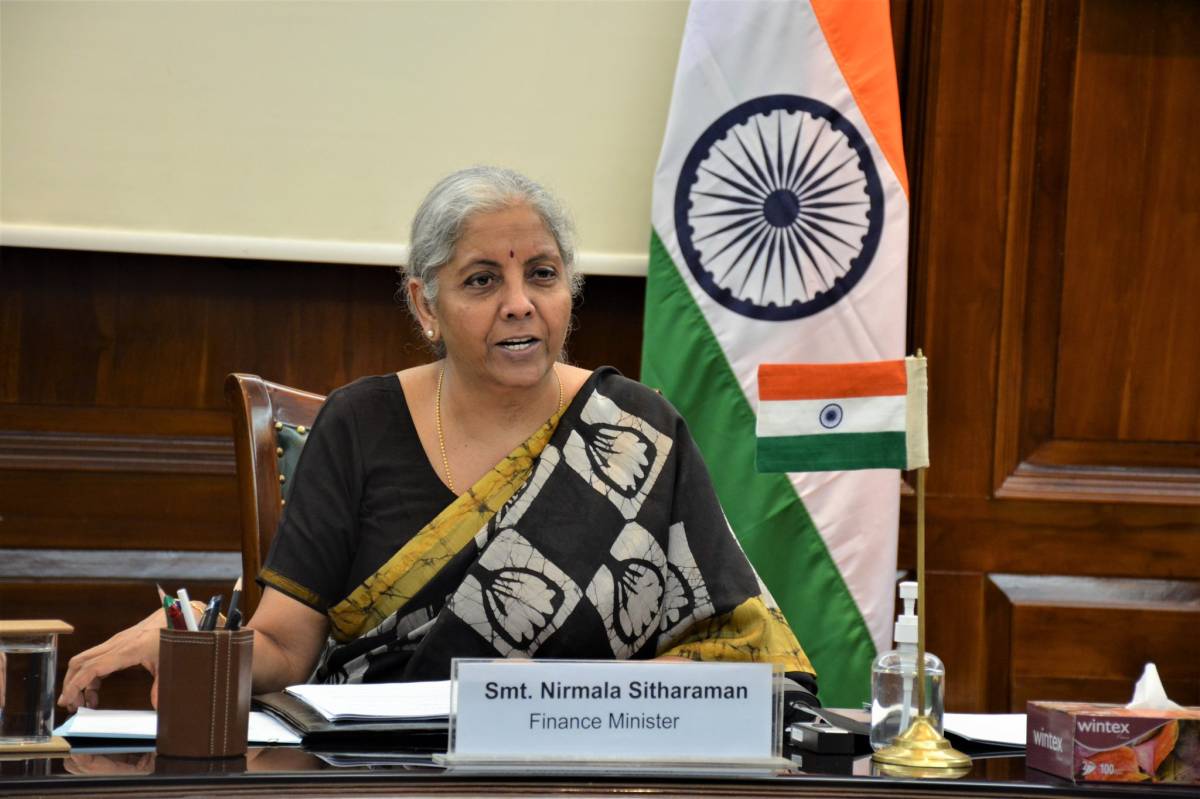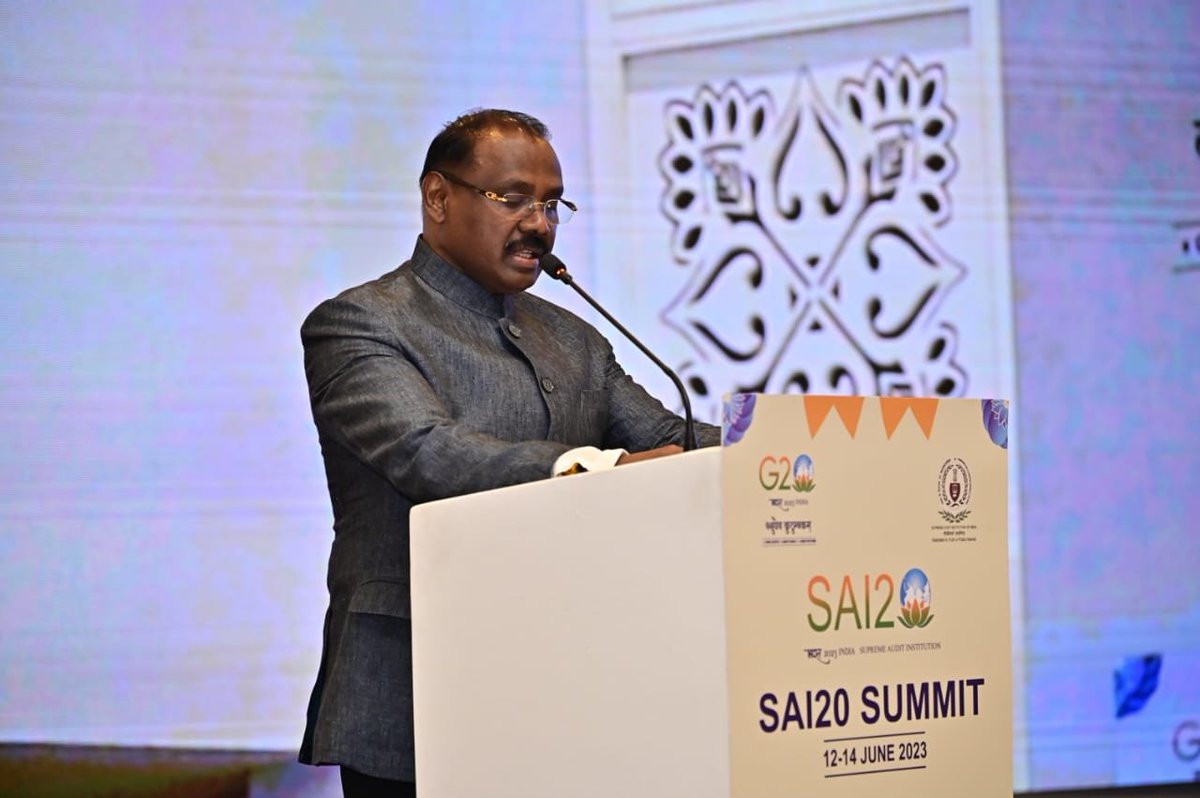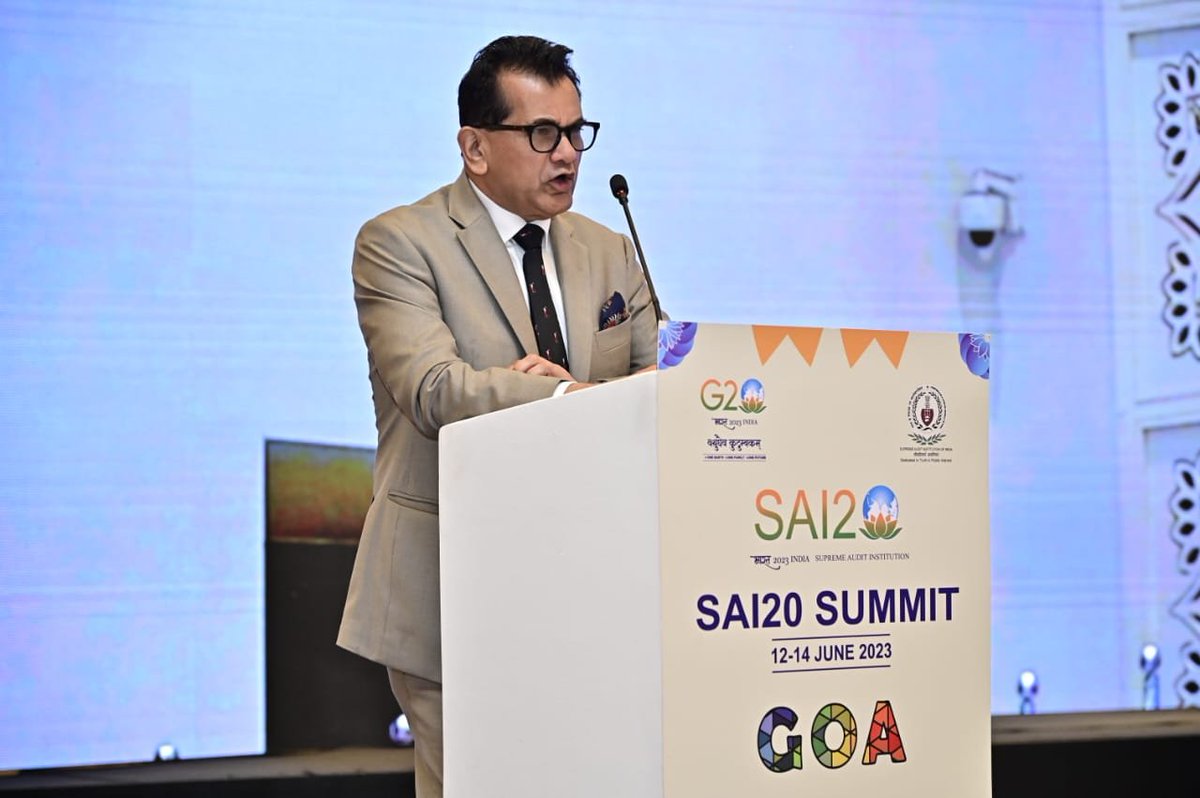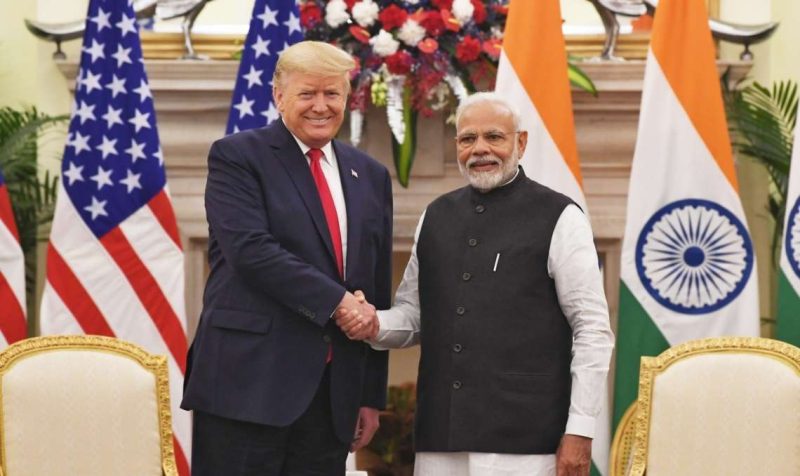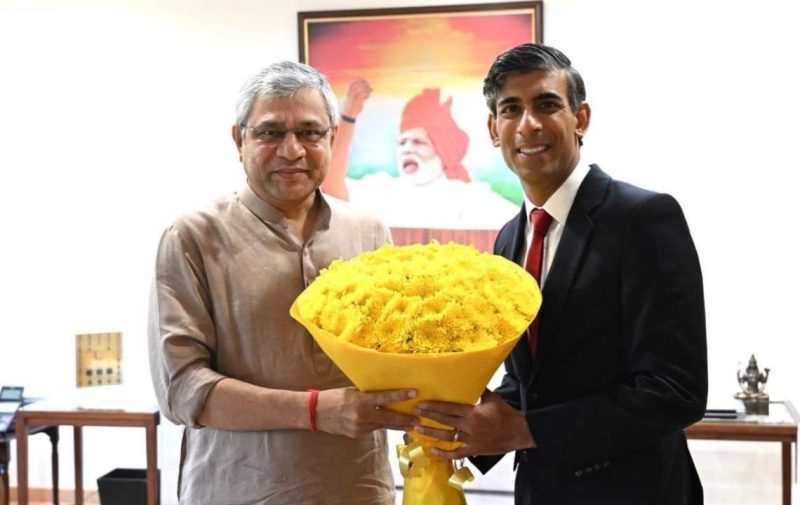Provisional estimates released by NSO recently showed the overall economic growth in FY23 at 7.2%, powered by a higher-than-expected growth in the fourth quarter…reports Asian Lite News
India’s gross domestic product (GDP) reached the $3.75 trillion-mark in 2023, from around $2 trillion in 2014, Finance Minister Nirmala Sitharaman’s office said in a tweet.
India has moved from tenth to the fifth-largest economy in the world, the tweet added. Highlighting the nine years of reforms under the Narendra Modi-led government, Sitharaman’s office also said: “India is now being called a bright spot in the global economy.”
Four countries ahead of India in terms of GDP at current prices include China, United States, Germany, and Japan. India has surpassed the United Kingdom, France, Canada, Russia, and Australia in GDP numbers.
The provisional estimates released by the National Statistical Office (NSO) recently showed the overall economic growth in FY23 at 7.2 per cent, powered by a higher than expected growth in the fourth quarter.
Speaking at an Assocham event in Kochi, Chief Economic Advisor V Anantha Nageswaran said the final number could be higher than 7.2 per cent because the underlying momentum in the economy was quite strong.
While stressing that India being a low-middle-income country cannot sit on its laurels, the CEA said: “We need to catch up with the pre-pandemic trend. Even before the pandemic, the economy was slowing down in 2018-19 and 2019-20. It is important to arrest that kind of slowdown,” he said.
Nageswaran said if the country could sustain 6.5 to 6.8 per cent growth for the rest of the decade, it would be a creditable achievement on part of the Indian economy given the global conditions, while cautioning that the export growth could be a problem given the external situation.
He said India’s overall macroeconomic management had been prudent and sensible without over stretching during the pandemic, as several advanced countries did.
Talking about India’s trajectory from 10th to fifth-largest economy, the CEA also highlighted that India now contributed to one-sixteenth of the global GDP compared to one in 100 per cent about 20 years ago.
He also said the farm sector was well poised to take advantage of the kharif crop as shown in the higher tractor sales number, record wheat procurement, seed availability, and adequate food stock.
Private consumption, Nageswaran said, was at a 16-year high at 58.5 per cent of GDP. He said capital formation investment by industry was expected to pick up and gather steam.
“The last decade for industry was somewhat of a lost decade because of balance sheet problems. That has been overcome,” he said.
Nageswaran said the nominal wage growth of the agricultural and non-agricultural rural employees was in the high single digits. He said as inflation moderates to between 4 and 5 per cent, real wages would be positive in the course of FY24 as compared to FY23, which would also boost rural consumption.
The CEA also talked about structural changes in the global economy after 35 years of emphasis on globalisation in terms of geopolitical tensions and supply chains being reconfigured.
“Most of these things happen in a cyclical manner. So we have to be prepared for that. That is why we are not saying that we will be able to grow at 8-9 per cent.”
The CEA said while continuing to focus on improving the domestic economic fundamentals and the ease of living and doing business, India can reduce its dependence on global growth. “…and whatever comes through export goods will be an icing on the cake,” Nageswaran said.
‘Fiscal deficit at 6.4% of GDP’
The fiscal deficit for 2022-23 worked out to be 6.4 per cent of the gross domestic product (GDP), as it was projected by the finance ministry in the revised budget estimates, according to government data released last week.
Unveiling the revenue-expenditure data of the Union government for 2022-23, the Controller General of Accounts (CGA) said that the fiscal deficit in absolute term was Rs 17,33,131 crore (provisional).
The government borrows from the market to finance its fiscal deficit. CGA further said the revenue deficit worked out to be 3.9 per cent of GDP, while the effective revenue deficit was 2.8 per cent of GDP. In the Union Budget presented by Finance Minister Nirmala Sitharaman in the Lok Sabha on February 1, the fiscal deficit target for 2023-24 was pegged at 5.9 per cent of the GDP.


